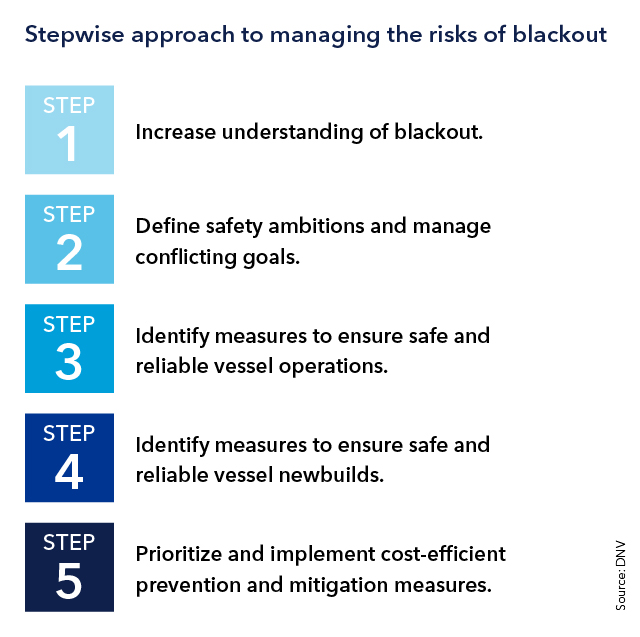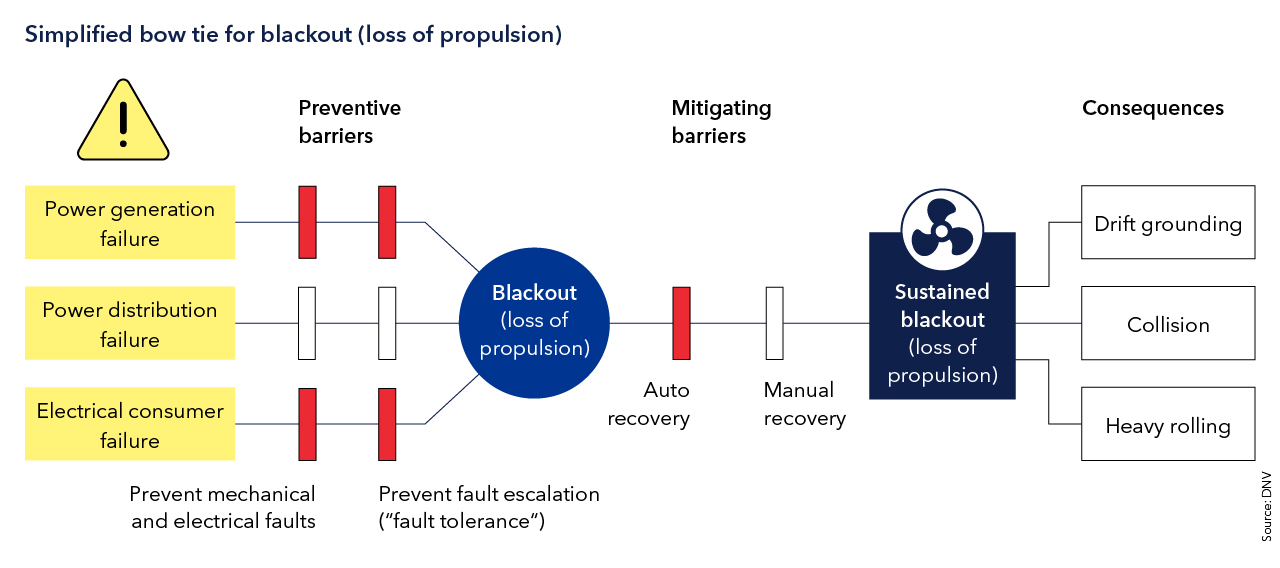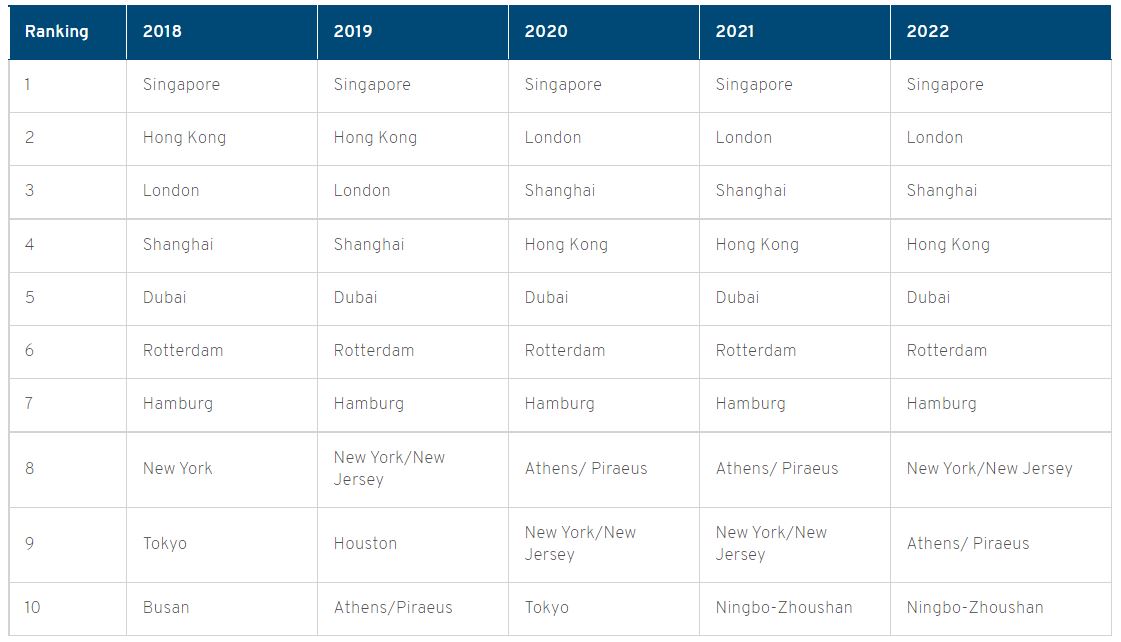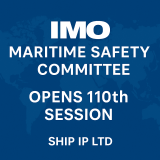
Source: Gibson Shipbrokers
According to Gibson, “so far, the impact of changing trade flows has been primarily focused on the product tanker rates. Freight rates and earnings across all tanker segments in different markets have firmed impressively since March, with levels on many routes reaching almost unprecedented highs. The most spectacular gains have been seen in the Handy segment, where spot earnings for both clean and dirty tankers climbed in recent months close to (and in some cases even above) $100,000/day on a non-scrubber, non-Eco basis. Gains in the crude tanker market have been considerably more muted. Whilst Aframax and Suezmax earnings have improved from the extremely depressed levels seen in 2021 and in early 2022, they still lag behind the level of returns seen in the clean tanker market. In contrast, VLCC earnings have deteriorated further, with TD3C spot earnings on a non-scrubber, non eco basis averaging minus $10,250/day since March, with increased crude trade into Europe eating into traditional long haul VLCC demand from the Atlantic Basin and the Middle East”.
The shipbroker added that “whilst tanker flows are reshaping, tanker supply is going through its own transformation. The fleet continues to grow, although slippage in delivery dates remains a feature of the market. During the 1st half of the year, 106 tankers were delivered, versus 51 reported demolition sales. Demolition prices peaked in April at around $685-695/ldt in the Indian Subcontinent but have started softening more recently due to a drop in demand from regional scrapyards, monsoon season disruptions, and low steel demand in China. The delivery profile remains robust over the next 9 to 12 months but should decline dramatically thereafter amid the modest ordering activity we have seen in recent years and scarce newbuilding slot availability all the way through to the 2nd half of 2025 following robust ordering in other shipping segments. This year, new tanker ordering activity has been minimal: just 28 confirmed tanker orders have been placed, almost entirely in the LR2 and MR segment, with investment in new tonnage discouraged by long lead time in terms of delivery, extremely high newbuilding prices, concerns about long term future for global oil demand and uncertainty about future vessel designs and propulsion types”.

Gibson added that “amid Russian developments and with Iranian/Venezuelan negotiations seemingly not progressing, oil and bunker prices surged to multiyear highs. Record spreads between low sulphur and high sulphur bunker prices, averaging at $488/tonne in Singapore in June, have been an unintended consequence of geopolitics, with scrubber equipped tankers enjoying substantial premiums over non-scrubber tonnage. On a macroeconomic level, however, the surge in prices for oil and many other commodities, coupled with rising inflation and increases in interest rates globally, will undoubtedly apply a considerable downward pressure on consumer demand, fuelling fears about the global economic slump in the months to come. This year has also seen several covid-driven lockdowns in major cities in China and if Beijing maintains its zero-Covid policy in the long run, this could have additional negative consequences for the global economy”.
The shipbroker concluded that “finally, there are also further regulatory changes coming. The European Parliament voted to include the maritime industry in the European Union’s Emissions Trading Scheme, targeting 100% of emissions on intra-European and 50% on extra-European voyages in 2024, with 100% of emissions on extraEuropean voyages also covered by 2027. The legislation is yet to be finalised as lawmakers are still to negotiate the final laws with EU countries; however, it seems inevitable that soon the shipping industry will have to consider the cost of carbon, amongst all other things…”
Nikos Roussanoglou, Hellenic Shipping News Worldwide










